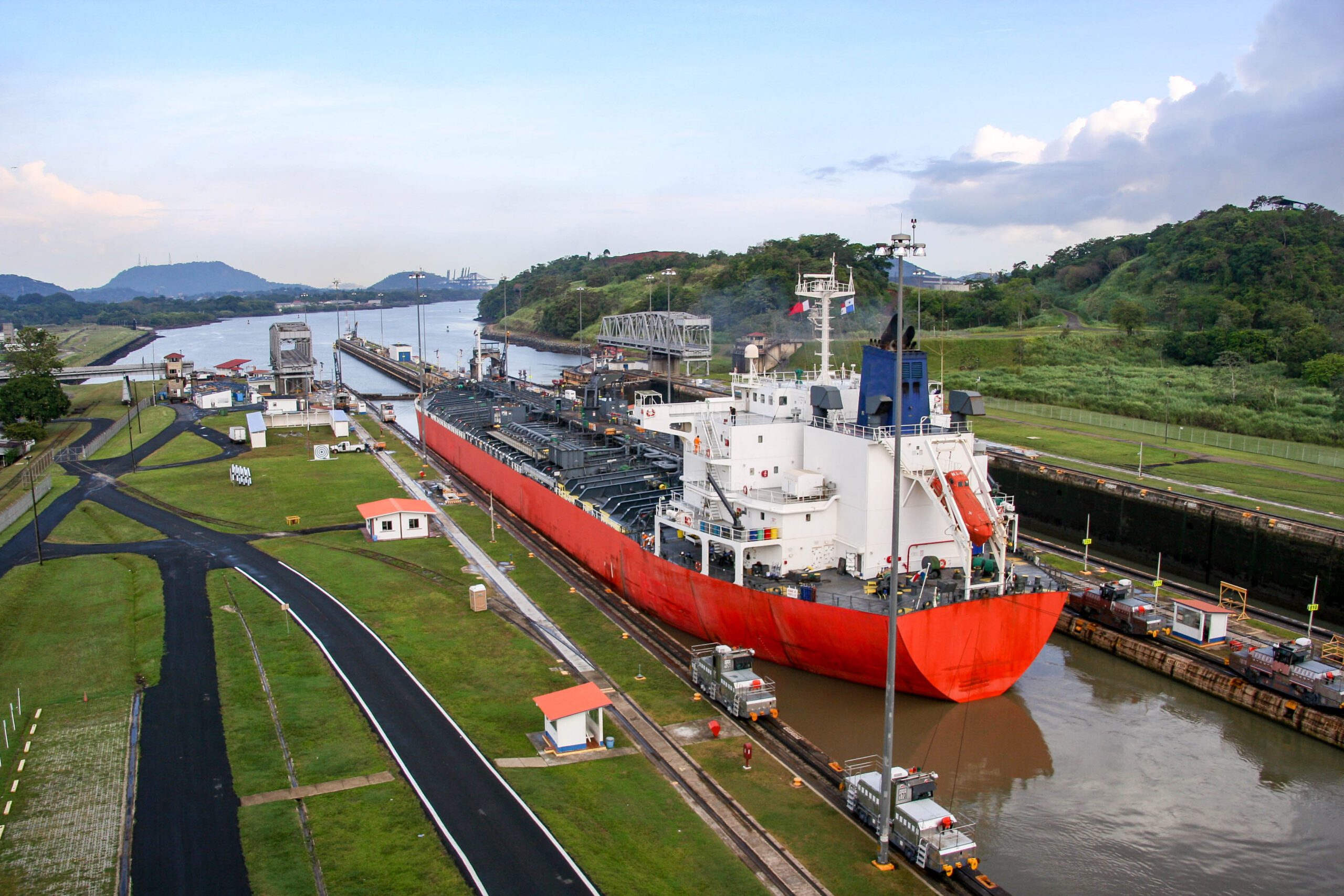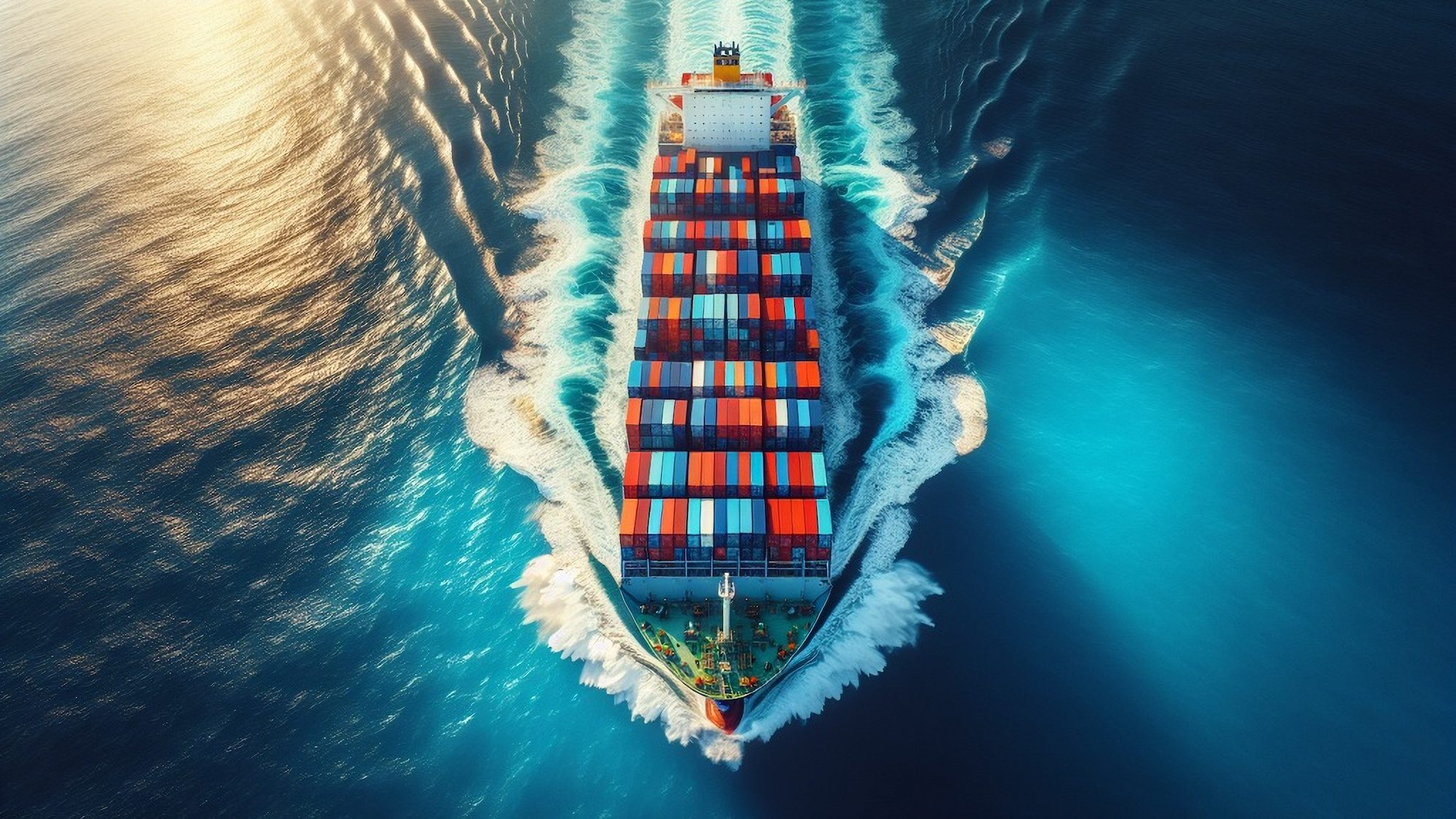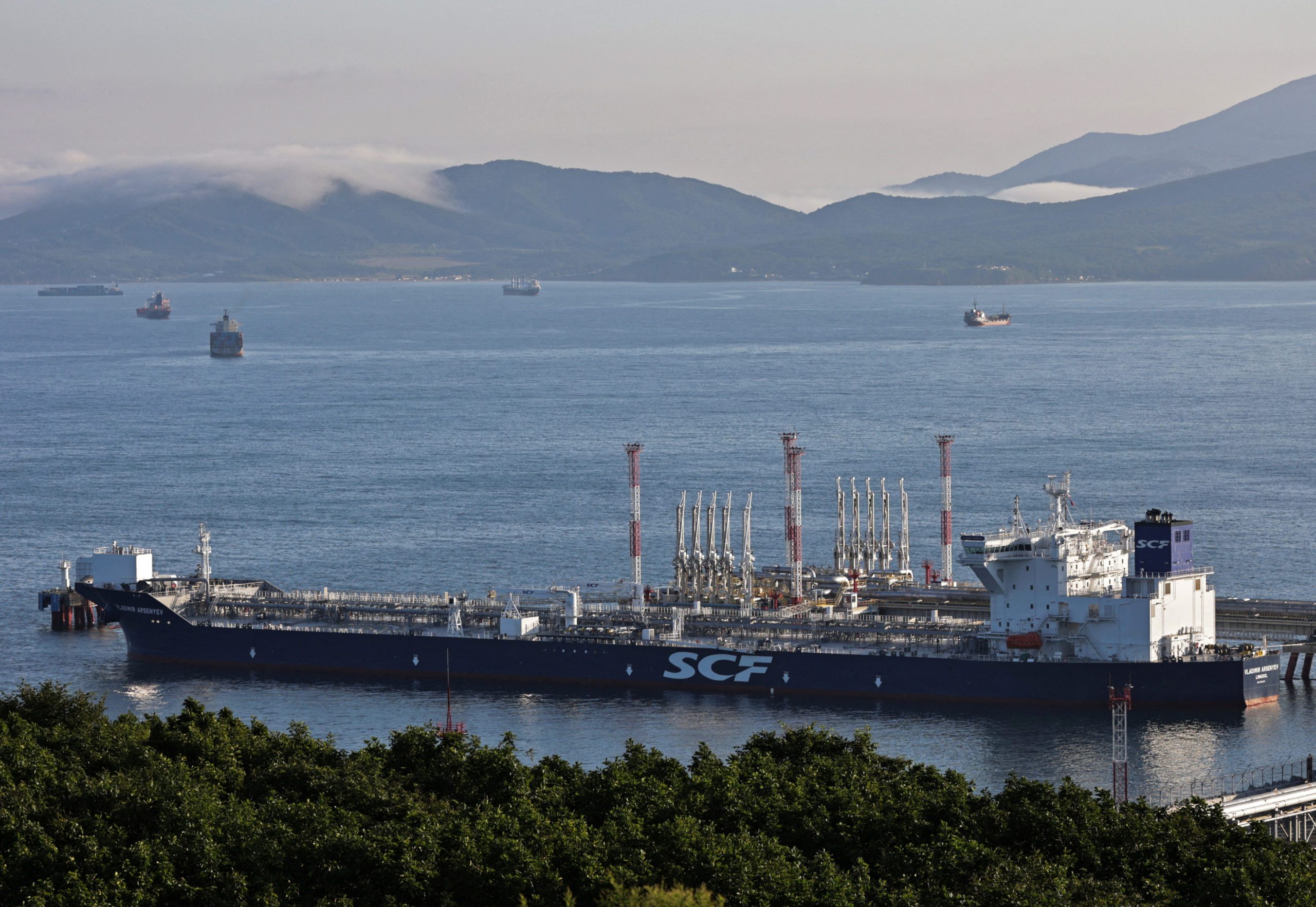The Panama Canal Authority (ACP) has officially launched the selection process for a concessionaire to develop a strategic natural gas pipeline across the isthmus, marking a significant shift in how the vital maritime chokepoint manages energy transportation amid climate challenges.
The 76-kilometer pipeline project, designed to transport propane, butane, and ethane between the Gulf of Mexico and Northeast Asia, represents the first major development in Panama’s new interoceanic energy corridor initiative. With a transfer capacity of up to 2.5 million barrels per day, the infrastructure aims to free up canal capacity without additional water usage – a critical concern following recent drought conditions.
More than 45 representatives from global energy companies attended the initial market engagement event in Panama City. The gathering included industry heavyweights such as ExxonMobil, Shell, Energy Transfer, and Mitsubishi, alongside financial institutions like Japan Bank for International Cooperation (JBIC) and Sumitomo Mitsui Banking Corporation.
“Under the current administration in the US, energy products will have a very high priority,” Panama Canal Administrator Ricaurte Vasquez stated. “This is a window of opportunity that Panama must capture to ensure we remain relevant for international trade.”
The pipeline initiative emerges as a strategic response to operational challenges caused by the 2023-2024 El Niño drought, which significantly reduced canal transits due to low water levels. By redirecting specific cargo types through the pipeline, particularly ethane and LPG, the project aims to optimize canal operations by effectively freeing up capacity for LNG carriers.
According to earlier statements from Vasquez, the pipeline would specifically transport LPG from the Atlantic Ocean to the Pacific Ocean. Maritime terminals on both coasts will support the infrastructure, with the ACP emphasizing compliance with international standards for safety, environmental protection, and operational excellence.
The selection process will unfold in three stages: prequalification, interaction and dialogue with prequalified companies, and final concessionaire selection. Prequalification is expected to conclude this year, while the final selection is scheduled for the fourth quarter of 2026.
The pipeline project is part of a broader $8.5 billion capital spending plan proposed by the canal authority over the next seven years, which also includes a new water reservoir and transportation infrastructure improvements. In a significant expansion of its role, the ACP also plans to enter the ports business with a tender for two terminals – one on the Atlantic coast and another on the Pacific – that would connect to the LPG pipeline.
“We are coming into the game of port terminals,” Vasquez confirmed in a recent interview in New York. The ACP intends to utilize newer crane technology to move cargo more efficiently and compete with more modern facilities like Colombia’s Port of Cartagena.
Panama’s ports have recently drawn intense scrutiny from Washington, with President Donald Trump criticizing Chinese influence over the canal and making false allegations about Beijing’s control of the waterway. Panama President Jose Raul Mulino has repeatedly defended the canal as a sovereign Panamanian operation.
The Panama Canal is currently experiencing a revenue boost due to U.S. tariff policy, as shippers rush to import products before duties take full effect. The canal authority expects this front-loading of cargo to diminish in the next fiscal year beginning in October, forecasting revenue of around $4.4 billion, below the approximately $5 billion anticipated for the current year.
More favorable rainfall patterns this year have allowed the canal to maintain a draft of 50 feet (15 meters), likely continuing through the end of 2025 – a marked improvement over the previous two years when severe drought forced transit limitations and implementation of water-saving techniques.

 Join The Club
Join The Club











